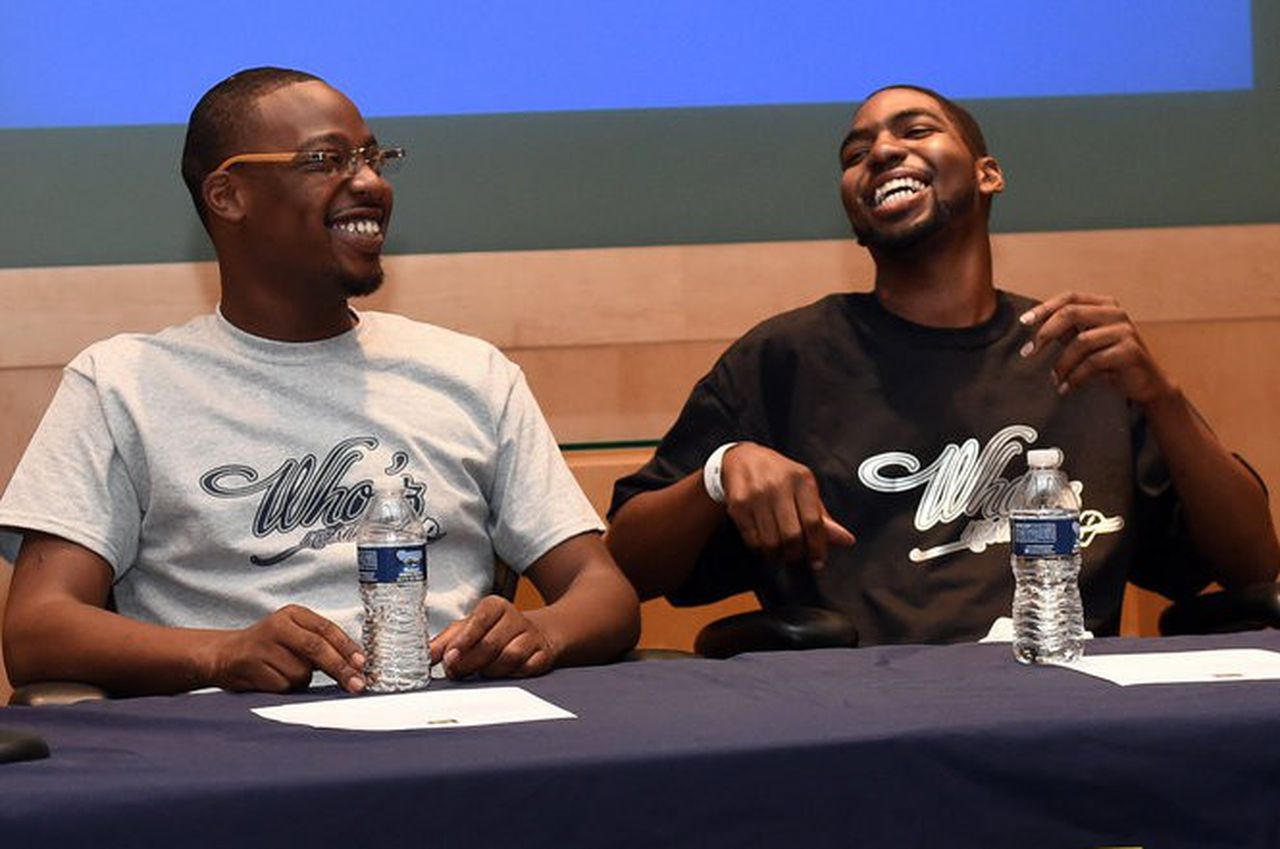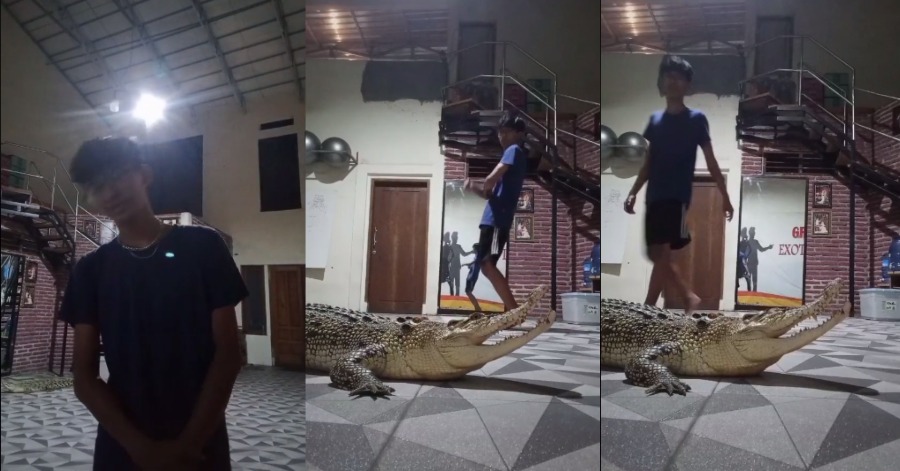In 2016, an American man went through more than a year without a heart inside his body before he finally received a healthy heart transplant. To keep him alive, Stan Larkin brings around an ‘artificial heart’ in his backpack every second of the day for 555 days in total.
The artificial heart pumped blood around his body and acts like a real heart. The success of this man’s case gave new hope for the medical field. It suggests that the device can be used for patients with total heart failure while they are waiting for a donor.
Stan became the first patient in Michigan to be fitted with this device which is known as a ‘Syncardia’ in 2014. He was on the donor waiting list for years and finally had his heart replaced with the Syncardia device. His younger brother Dominique eventually did the same procedure. They were both diagnosed with familial cardiomyopathy, which is a genetic heart condition ever since they were teenagers. The illness cause heart failure without any warning and most of the time would lead to death.
“They were both very, very ill when we first met them in our intensive care units,” said the surgeon behind the transplant, Jonathan Haft, from the University of Michigan Frankel Cardiovascular Centre. “We wanted to get them heart transplants, but we didn’t think we had enough time. There’s just something about their unique anatomic situation where another technology wasn’t going to work.”

There are other existing devices such as implantable defibrillators that were usually used to help with partial heart failure. Syncardia, on the other hand, is used when both sides of the heart fail.
The younger brother, Dominique only needed to use the device for a few weeks before he received a full heart transplant but Stan had to wait for more than a year. Instead of staying in the hospital, he was given the Freedom® portable driver so he could go home in the meantime.
At the time, it was a mystery of how long he could keep up with it. It was not the most convertible thing to bring a 6kg backpack on you 24/7. Stan claimed that he could not hold his daughters nor give them piggyback rides but to the doctors’ surprise, he did manage to continue playing basketball.
“This wasn’t made for pick-up basketball,” said Haft. “Stan pushed the envelope with this technology … He really thrived on the device.”
On 9 May 2016, Stan received his new heart. He shared his story of an emotional rollercoaster and raised awareness about the 5.7 million other Americans waiting for heart donors.
“You’re heroes to all of us,” David J. Pinsky, director of the Frankel Cardiovascular Centre, said of Stan and Dominique. “The fact that you take your story public and allow us to teach others makes a difference. You’ll make a difference for a lot of patients. You’ll make a difference to the doctors of the future. We thank you for allowing us to share your story and your bravery in sharing it.”
Sources: Science Alert, Inside Edition




Leave a Comment